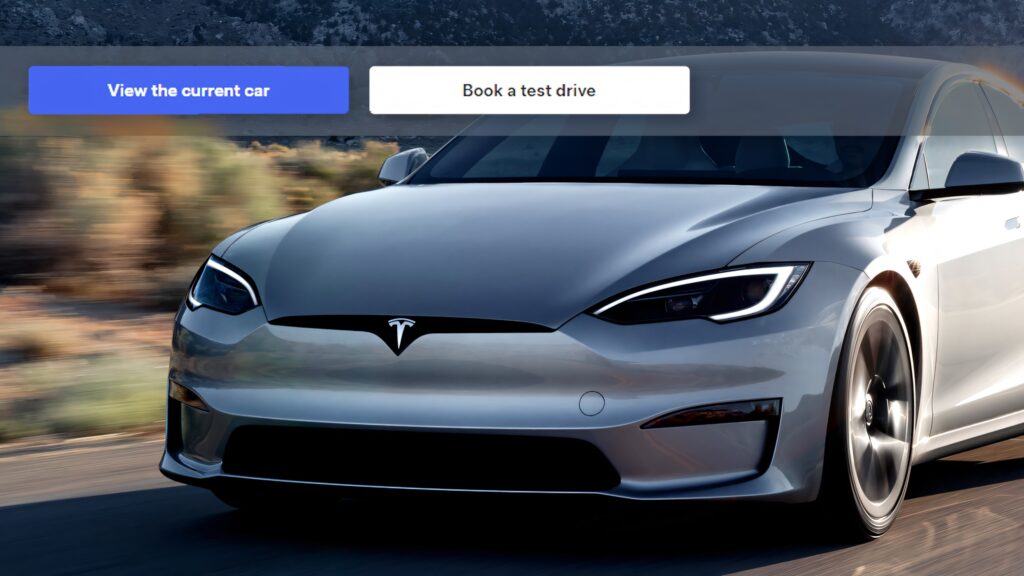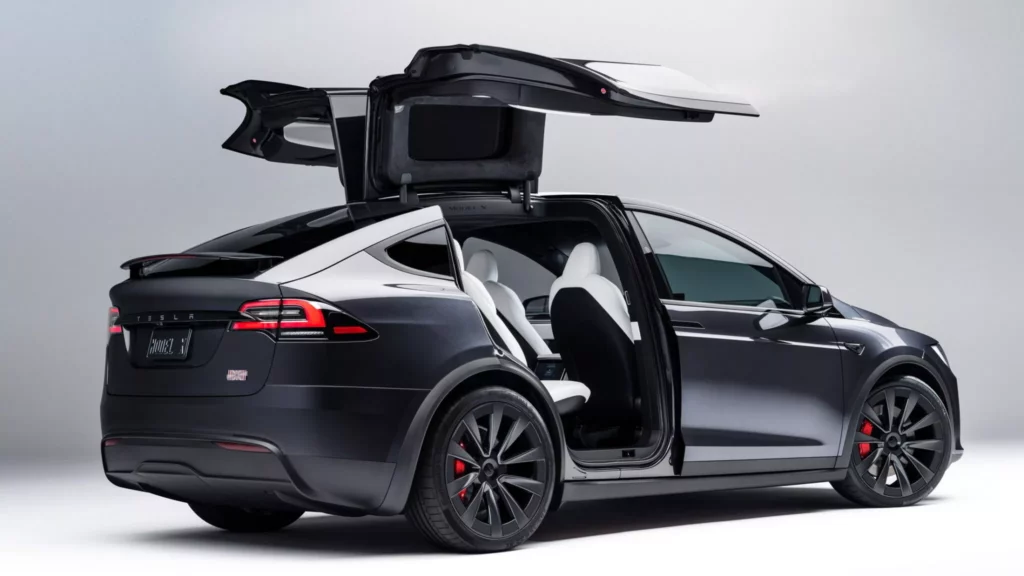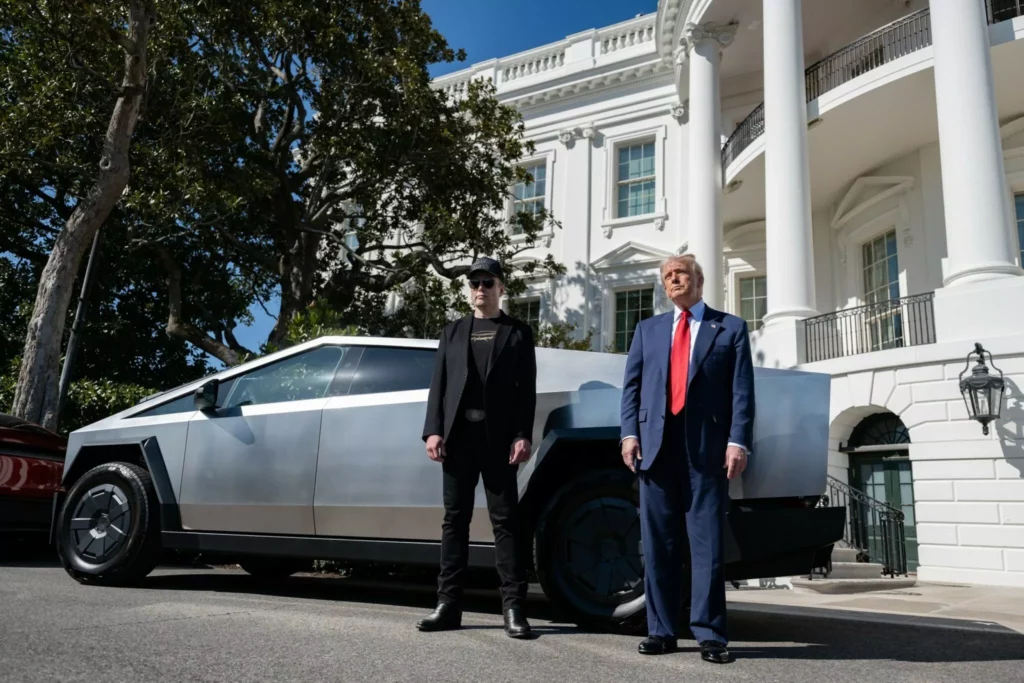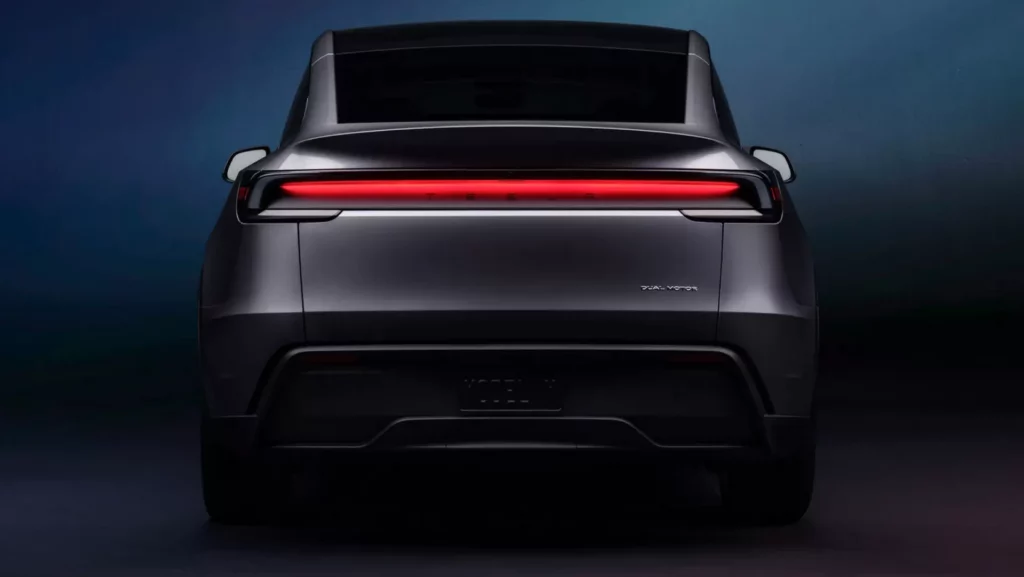Trade War Impact

These days, the ongoing trade tension between the U.S. and China seems to be in the driver’s seat, taking control over how cars like Tesla’s flagship Model S and Model X play the global markets. With President Trump amping up tariffs on Chinese imports to a staggering 145%, China responded with a robust 125% levy on American goods. Navigating such shifting landscapes isn’t just about politics; it also rattles many industries, with automotive players like Tesla at the forefront.
Tesla’s Strategy

Amid this economic tug-of-war, Tesla’s taken a step back from pushing its U.S.-made Model S sedan and Model X SUV in China by replacing their ‘order now’ buttons with options to ‘look at the car’ or ‘schedule a test drive’ on its website there. Most of Tesla’s numbers in China now come from the more affordable Model 3 and Model Y, which roll off assembly lines at Tesla’s local Gigafactory in Shanghai. By manufacturing directly in China, Tesla sidesteps those hefty import costs.
Driving Experience

So, how do these Teslas stack up on the road? The Model 3 and Model Y distinguish themselves with their futuristic interior and zippy acceleration. The Model 3 shoots from 0 to 60 mph in about 3.5 seconds when equipped with its performance package, rivaling even some high-end sports cars. Meanwhile, the Model Y combines efficiency with performance, offering a smooth ride and impressive handling for an SUV of its kind. It feels comparable to the more opulent Model X, albeit with less panache, yet at a friendlier price point. This pragmatic mix makes these models real contestants, even as tariffs shake things up.
The Musk Factor

In the ring of media and public opinion, Elon Musk doesn’t shy away from addressing policies that affect Tesla. When Trump plugged these divisive tariffs, Musk saw red, and some pretty spicy tweets followed. How Musk juggles being a corporate impresario and sometimes political commentator always seems to draw eyes, and often ears perk up when politics play bumper cars with business interests.
Challenges Ahead
These geopolitical tussles tangle more than just diplomacy; they echo into the manufacturing heartland – affecting everyone from tire plant workers in Akron to assembly lines across Indianapolis. Tesla is trying to reach a detente while satisfying tech enthusiasts worldwide who yearn for Rockets’ innovation and efficiency.
The balancing act here is about keeping the wheels spinning – both in maintaining Tesla’s market competitiveness and securing jobs at home, a double whammy elevating the discourse beyond just dollar signs. As tariffs steer the conversation, the future roadmap for automakers like Tesla might just hinge on more than mere market dynamics – it might pivot on reinventing how countries collaborator row against the tide.
Hyundai Staria EV
Rare Maserati Auction
Nissan Patrol Refresh
Ford Plots Electric ST
Reviving E-Type Legend